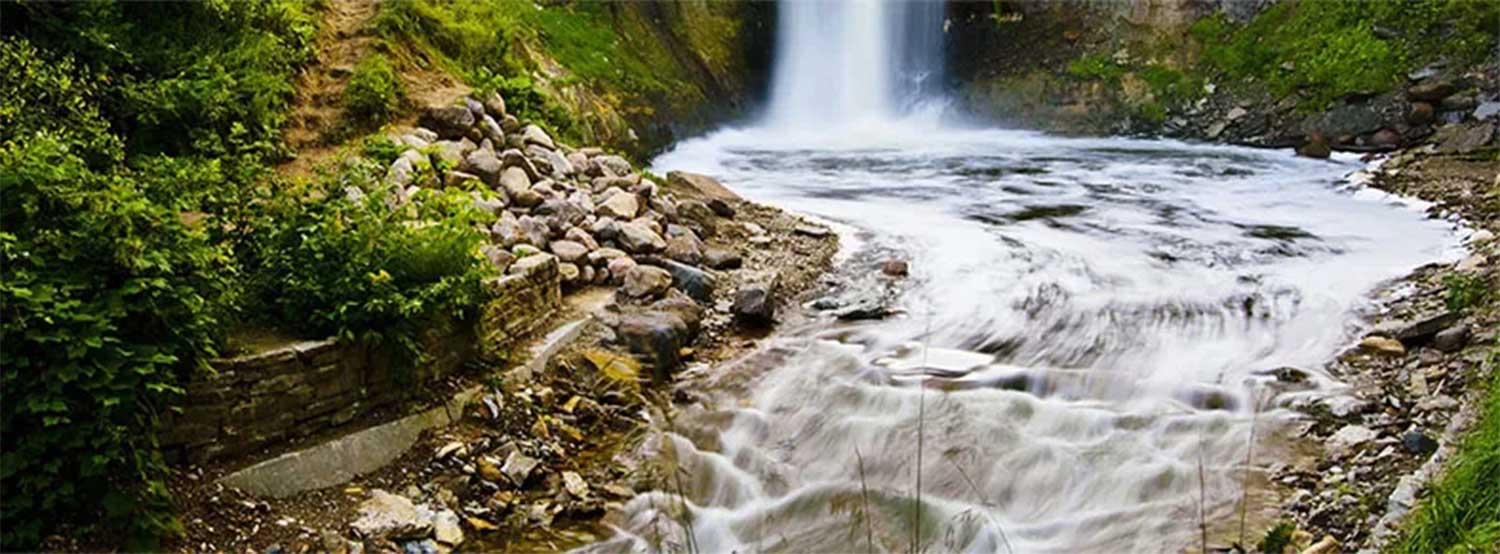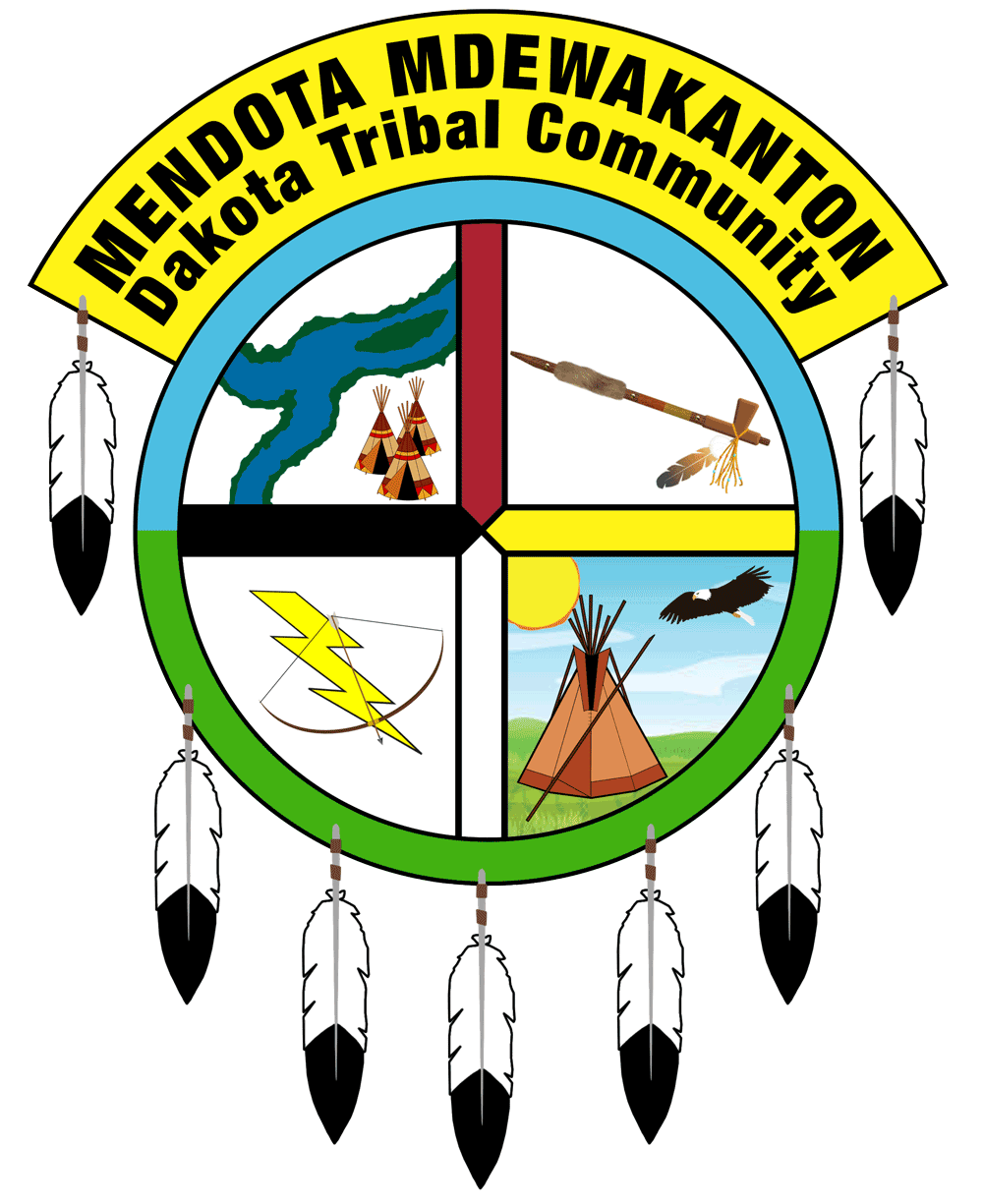
ABOUT US
The Mendota Mdewakanton Dakota Tribal Community
is a tribal 501(c)(3) run by the Mdewakanton Dakota community of Mendota village, MN.
Our ancestors have lived in the lands around Mdote — the confluence of the Mississippi and Minnesota rivers — from time immemorial.
After the U.S.-Dakota War of 1862, most of the Dakota people of Minnesota were exiled from the state. The small number of Dakota who remained gathered at a handful of locations:
● Welch/Eggleston
● Morton
● Prior Lake
● Wabasha
● Mendota
In the 1880s, the U.S. government purchased small federal land bases for the remaining Dakota at:
● Morton (now the Lower Sioux Indian Community)
● Prior Lake (now the Shakopee Mdewakanton Sioux Community)
● Welch (now the Prairie Island Indian Community)
However, federal officials repeatedly refused to purchase land for the Dakota residing in Mendota, citing:
● High land prices
● Mendota’s proximity to the rapidly growing cities of St. Paul and Minneapolis
The U.S. government’s refusal to create a land base for Mendota’s Dakota families has had far-reaching consequences:
Today, Mendota is the last Dakota community in Minnesota not to be federally recognized.
Despite decades of poverty and landlessness, Mendota’s Dakota families remained in Mendota village and, in 1996, founded a 501(c)(3) nonprofit to:
● Raise money to preserve their Dakota culture
● Protect Dakota sacred sites in the Twin Cities area
Since then, we have worked alongside:
● Federally recognized Dakota communities of Minnesota
● Other Native-run organizations in Minneapolis–St. Paul to achieve these goals.
OUR HISTORY
1660s:
The French explorer Nicolas Perrot became the first European to describe Dakota people living between Mde Wakan (Mille Lacs) and Mdote (the confluence of the Mississippi and Minnesota rivers).
1805:
Zebulon Pike and Ċetaŋ Wakuwa Mani of Kap’oza village signed the first treaty between the U.S. and the Dakota people.
1812–1825:
Mendota village, St. Peters Indian Agency, and Fort Snelling were established at Mdote. Dakota people began moving from Kap’oza to Mendota to take part in the fur trade and support the traders and government officials employed at Fort Snelling and St. Paul.
1851:
The Mdewakanton and Wapekute tribes of the Dakota signed the Treaty of Mendota, ceding all their land in Minnesota. Most Mdewakanton people were forced to relocate from the Twin Cities area to the Lower Sioux Agency/Redwood Agency.
1862:
The U.S. government failed to uphold treaty terms. Payments arrived late or not at all, and by 1862, many Dakota people were on the brink of starvation.
This led to the U.S.-Dakota War on August 17, 1862. Following surrender:
● 303 Dakota men were sentenced to death
● President Abraham Lincoln intervened, reducing the number to 39
● 38 Dakota men were executed by hanging in Mankato on December 26, 1862
1863:
The Dakota people were exiled from Minnesota. Many were removed to Crow Creek Reservation (now South Dakota). Over the next two decades, more Dakota were relocated to the Santee Sioux Reservation (Nebraska) and Lake Traverse Indian Reservation (South Dakota).
By 1899, fewer than 1,000 Dakota people remained in their Minnesota homeland.
1880s:
The U.S. government purchased land in Minnesota for remaining Dakota families.
The Dakota families in Mendota were told to relocate to:
● Morton
● Welch
● Prior Lake
● Or to Sioux reservations outside Minnesota
70–90 Dakota people chose to remain in Mendota village, where they were counted in the 1900 and 1910 U.S. Federal Census Indian Population Schedules.
Additional Dakota families remained across the Minnesota River in St. Paul.
The Dakota community in Mendota became known as the Mendota Indians.
1934–1938:
Three Minnesota Dakota communities received federal recognition under the Indian Reorganization Act:
● Lower Sioux Indian Community
● Upper Sioux Indian Community
● Prairie Island Indian Community
The Dakota at Prior Lake and Mendota were passed over due to small population size.
1930s–1957:
John “Knute” LeClaire’s Mendota Tavern became the center of community life for Mdewakanton Dakota living in Mendota village and St. Paul.
1967–1980s:
The Indian Claims Commission (ICC) settled with Dakota tribes over unfulfilled treaty conditions.
In 1969, the Dakota community at Prior Lake was re-organized as the Shakopee Mdewakanton Sioux Indian Community and received federal recognition.
The Dakota in Mendota, lacking federal recognition and a land base, had to apply for ICC settlement payments individually.
1992–1996:
1996: The Mendota Dakota re-organized their tribal council and founded a nonprofit.
OUR MISSION
Our mission is to preserve, protect, and promote the Dakota culture for future generations.
To achieve this, we have set the following long-range goals:
● Acquiring a land base in the Mendota area
● Building a tribal community center
● Protecting sites of cultural significance to the Dakota people
● Improving public awareness and understanding of Dakota culture and history in Minnesota
● Reviving the Dakota language in our community
● Developing self-sufficiency through tribal enterprises

